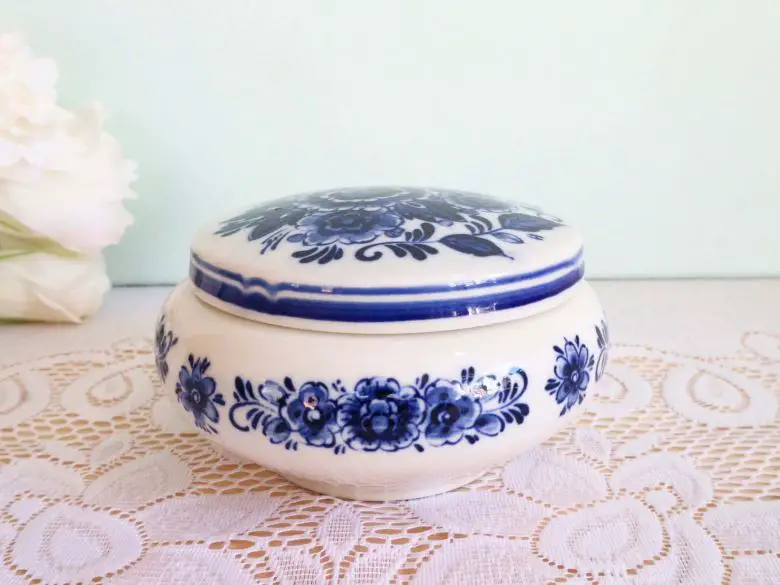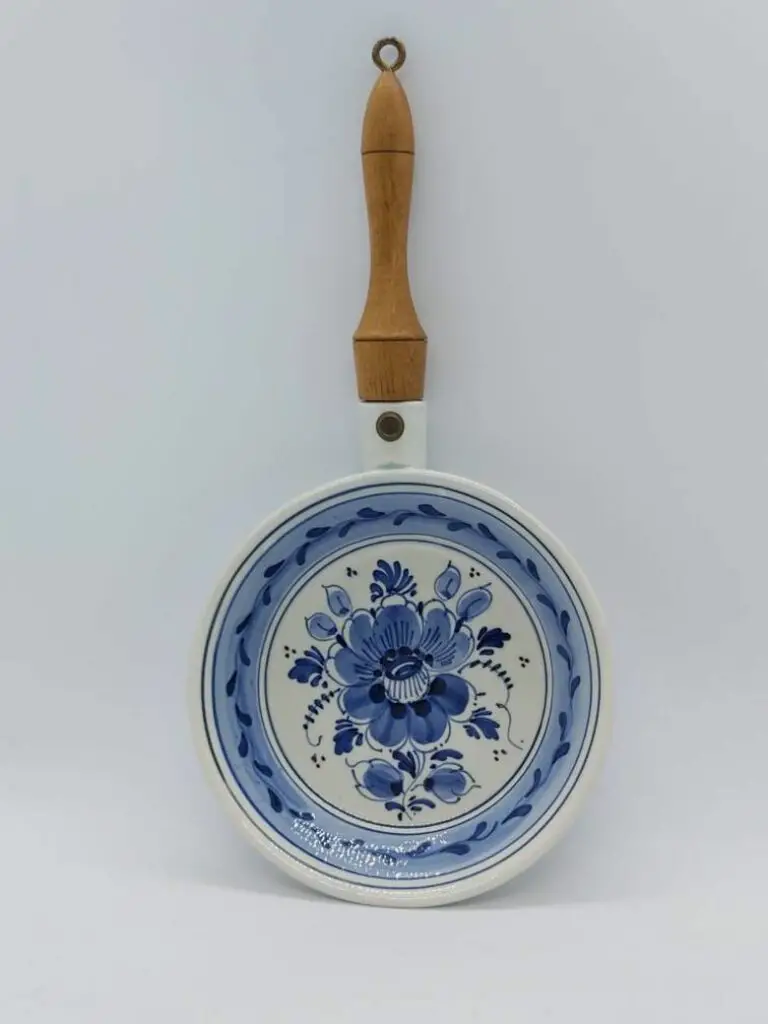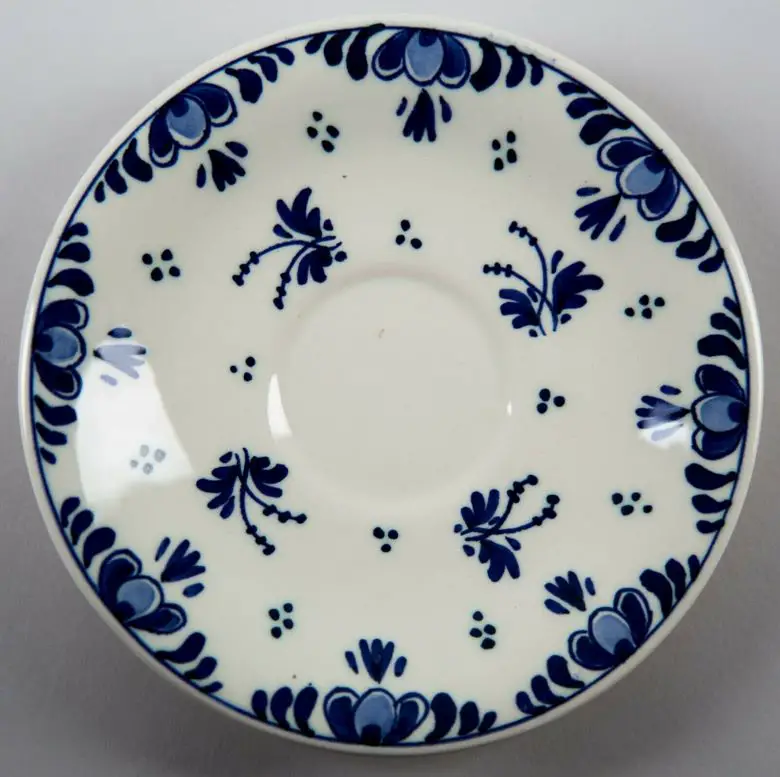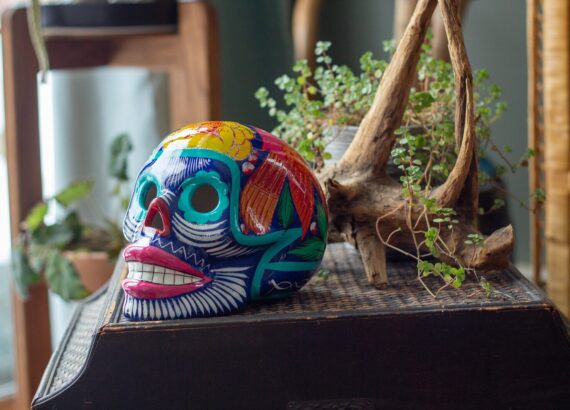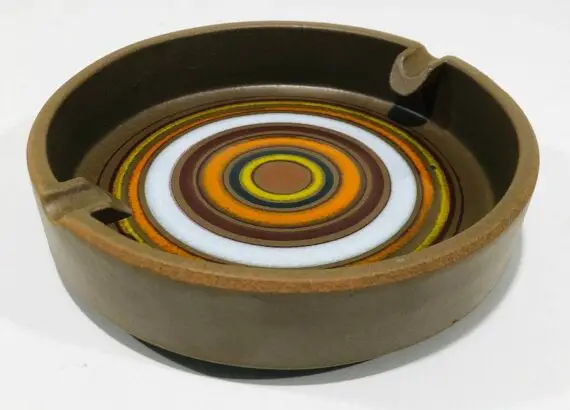Delft Pottery (Delftware): Everything You Need to Know
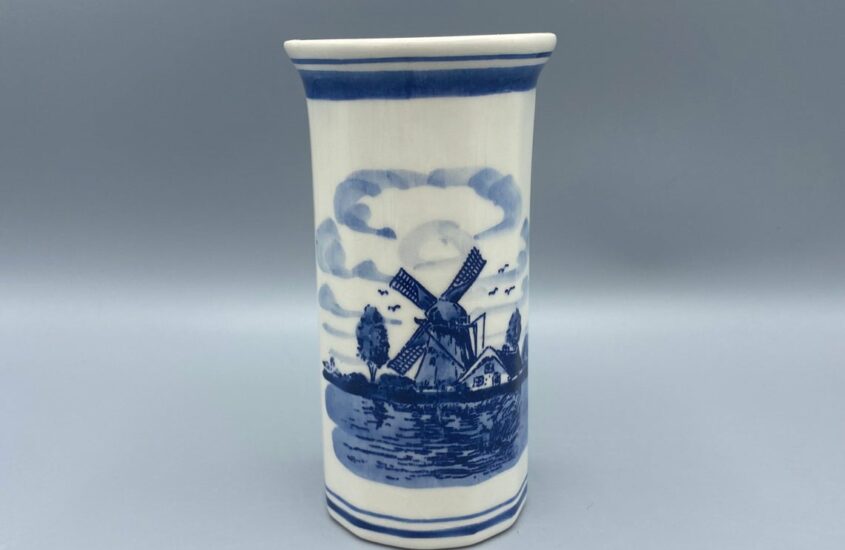
Delftware, sometimes referred to as Delft Blue, is a generic word for Dutch tin-glazed pottery. The Dutch city of Delft was the principal center of manufacturing, but the word also encompasses goods of various colors. It was also the name of a type of pottery made in England called delftware.
It is a form of tin-glazed pottery or faience where a white glaze is ornamented with metal oxides. Cobalt oxide creates the traditional blue color. It can endure high firing temperatures, enabling it to be put underneath the glaze. Delftware was first made in approximately 1600 and it is still being made today.
Table of Contents
Delft pottery history
During the 16th century, craftsmen in low countries started making a particular style of tin-glazed pottery that included floral designs, scenic views, and historical or biblical imagery in bright shades of blue. Delftware, or Delft Blauw, was subsequently given to this form of pottery since it was mostly made in the city of Delft.
Delftware was first produced in Antwerp during the 1500s when an Italian artist called Guido da Savino began producing matching ceramic artwork. Due to persistent tensions in this region of Europe, many Antwerp-based craftsmen chose to go to the Netherlands.
Delft had become the leading manufacturer of earthenware in the Netherlands by the 1700s, thanks in part to the city’s decreasing brewing business. It enabled workers to relocate into large spaces that were occupied by the city’s breweries. As the Netherlands emerged as a colonial empire, its merchant fleet created reliable commercial lines with Japan and China, resulting in a flood of Asian ceramics into Europe.
The Dutch potters were enamored with this overseas pottery, and many started to imitate their Asian competitors’ skills. The Netherlands ended up breaking the joint monopoly on pottery held by Japan and China and inundated the global market with Delftware ceramics.
Historians estimate that between the 16th and 18th centuries, Delft potters produced over 800 million tiles. Because of this large quantity, numerous Dutch houses still have original Delftware tiles from this period. Delftware is still manufactured in the Netherlands nowadays, although mostly by recognized firms in the Dutch region of Friesland.
Delft pottery designs
Delft pottery comes in a wide range of styles. Among the usual designs are windmill and floral designs.
Drinking tea was another Eastern inspiration, and the first replicas were developed for that purpose. These earliest Delft cups and teapots were not porcelain, but rather earthenware that had been coated in the white glaze to resemble the magnificent Chinese items that were so sought after.
The early Dutch copies were made to Chinese ceramics. It utilized white and blue together for a unique aesthetic. Delft porcelain, later on, showed landscapes from Holland, such as waterways and windmills. The city quickly became the heart of manufacturing for the Delft Blue we know today.
The deep blue formulations differed per manufacturer, with each developing its unique formula. After the first processing, the patterns were added by hand before being re-fired in the kiln. Transfer patterns were only used for more sophisticated designs in the 1700s and beyond. The hues can vary from deep navy to bright royal blue because there is no such thing as “Delft blue.”
Where is Delft Pottery made?
We must go back to the early fourteenth century to find the beginnings of Delft pottery. At the time, relatively rudimentary pottery was being manufactured. Smaller pottery companies were created in areas where clay could be obtained and where wood or peat could be used to fire the kilns.
Delft Blue is a form of pottery created in the Dutch city of Delft, as the name suggests. Delft Blue was first produced in the 17th century and is still produced today. Potters began manufacturing conventional Delftware using clay in the early years of Delft Blue.
How is delft pottery made?
Artisans began manufacturing conventional Delftware using clay in the early days of Delft Blue. After that, the clay was baked before a tin glaze was applied. Crushed oxides were used to paint patterns onto the glazed clay, which was burned again.
The artworks were given their Delft Blue color during the second baking cycle. The clay used was different, and it was coated in a white glaze.
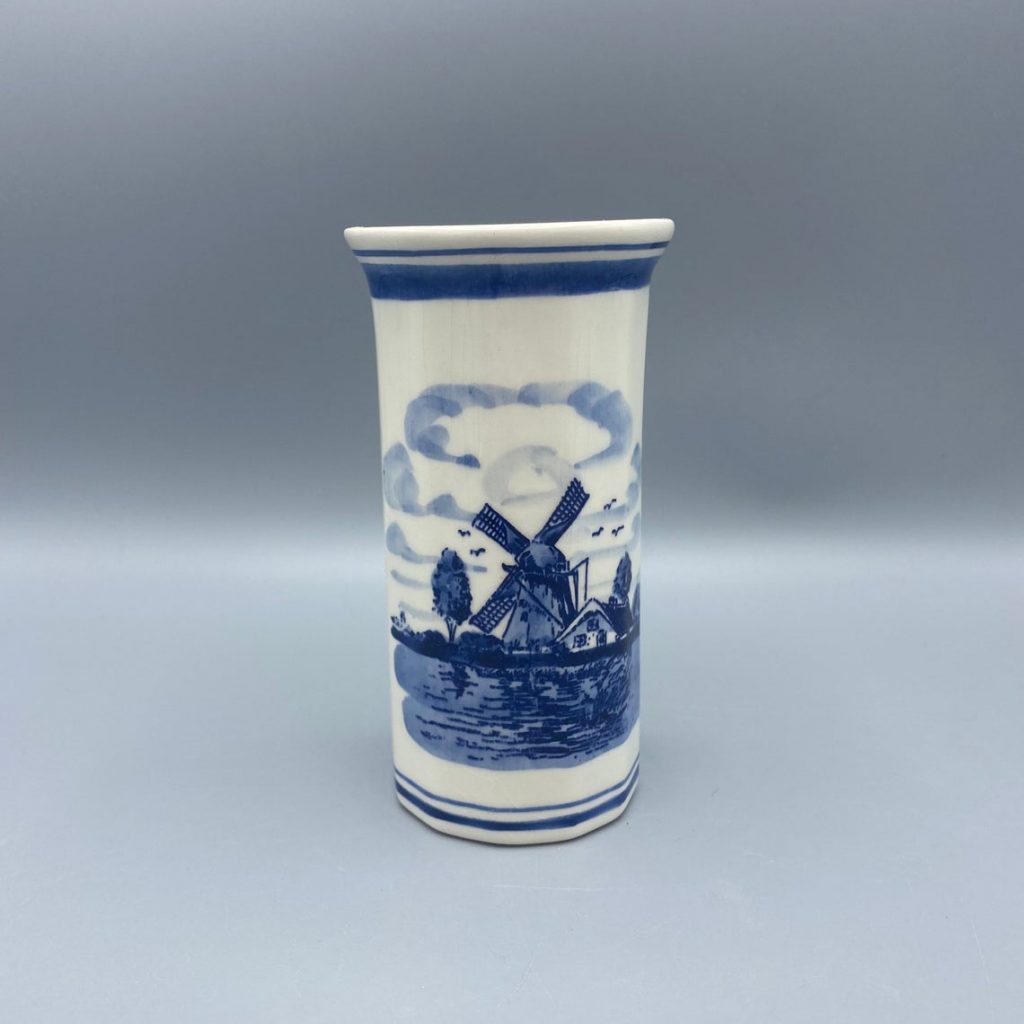
How do you identify Delft pottery? How can you tell real Delft pottery?
Examine the markings on Delft pottery to verify it. Royal Delft vases manufactured after 1876, for example, feature a De Porcelain Fles factory mark as well as a manufacturer’s mark. It should have the following:
- The manufacturer’s mark (JT)
- The name Delft beneath
- Date code
- Creator’s initials
- Design number
One way to tell if something is Delft is to check the date stamp on it. The date stamp has been a series of letters since 1879. Between 1879 and 1904, the letters A through Z are used, with every letter representing a year. From 1905 – 1930, the letters AA to ZZ are used. Up until 2006, BA to BZ, CA to CZ, and DA to DZ were used for the following 75 years.
How to date Delft pottery?
Because labeling wasn’t as widespread before as it is now, many early Delft pieces remained unlabeled. Early drawings were entirely painted by hand, which can be seen in the irregularity of patterns or other minor flaws. Teacups, vases, decanters, and ornamental tiles were among the first items produced.
Here’s how you can tell if they are currently made:
- It should have “hand-painted in Holland” at the bottom
- The phrase “Delft blue” should be indicated.
- It is either English or Dutch
- Stamped or transferred designed
How much is my delft pottery worth?
High-quality vintage Delftware pieces sell for $3,000-$6,000, although the more unusual and spectacular pieces can sell for up to $20,000.
Conclusion
Delft pottery has a rich history. Though it originated as an imitation of Chinese earthenware (during its popularity in Europe), it became synonymous with Delft. It has various designs such as windmills and floral designs. To determine real delft pottery, you could check its marking beneath.

